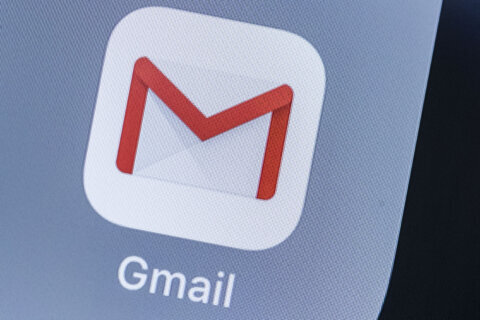Q: I just switched from iPhone to Android and I’m looking for some getting started tips.
A: Although it can seem like iPhone and Android smartphones generally work the same, getting used to the differences is one of the first things you’ll need to work through.
The gestures and swipes on an Android device are somewhat similar, so I’d learn what swiping in each direction does both from your home screen and when you’re in an app.
If the gestures are too hard for you, you can go to system settings and change the navigation from gestures to the traditional three-button navigation at the bottom.
Rearrange quick settings
Here are six quick settings that will appear when you swipe down from the top, and if you swipe down again, they’ll rearrange to include a description. You can also swipe left for more settings and rearrange the icons so the most important ones become the first six in the quick settings.
Look for an edit icon or something that may look like a pencil in one of the bottom corners, which will allow you to hold and drag any icon to rearrange the order.
Screen record
A useful tool in the settings menu is the built-in screen record option, which is wonderful when you need help from someone that isn’t able to see your screen.
Rather than trying to explain what you are seeing over the phone, you can send them the recording of what’s happening for faster help.
Camera tips
You can open the camera app quickly by pressing the power button twice whether you’re in another app or if the phone is locked, which can help you get the shot quicker.
You can also snap a picture by tapping either of the volume buttons instead of the on-screen button.
Google Lens, which is a built-in camera mode for most Android devices, can be used as a bar code reader, a real-time text translator, an image search, a homework helper and a variety of other items.
If your device doesn’t have it in the camera app, you can download it as a stand-alone app.
Screen/App pinning
This is a security feature that allows you to lock the screen in a single app, which is great when you give a small child your phone or if you let someone borrow it to make a call or check a website.
The best way to see the instructions for your specific device is to search the settings menu for the word “pinning.”
Smart lock
Locking your phone when you aren’t using it is smart, but you use smart lock to keep it unlocked under certain circumstances. Go to Settings → Security → Smart Lock to choose on-body detection, trusted places or trusted devices to set things up.
Battery saving settings
Android devices have lots of flexibility when it comes to managing your battery usage, with the adaptive battery setting being one of the best.
Instead of a rigid battery usage setting, you can tell your device to manage power based on how you use your phone. While you’re in the battery settings, turn on the “battery percentage” display and check out the options in the battery saver section.
Turning battery saver mode on comes in handy when you are getting low on battery life.







